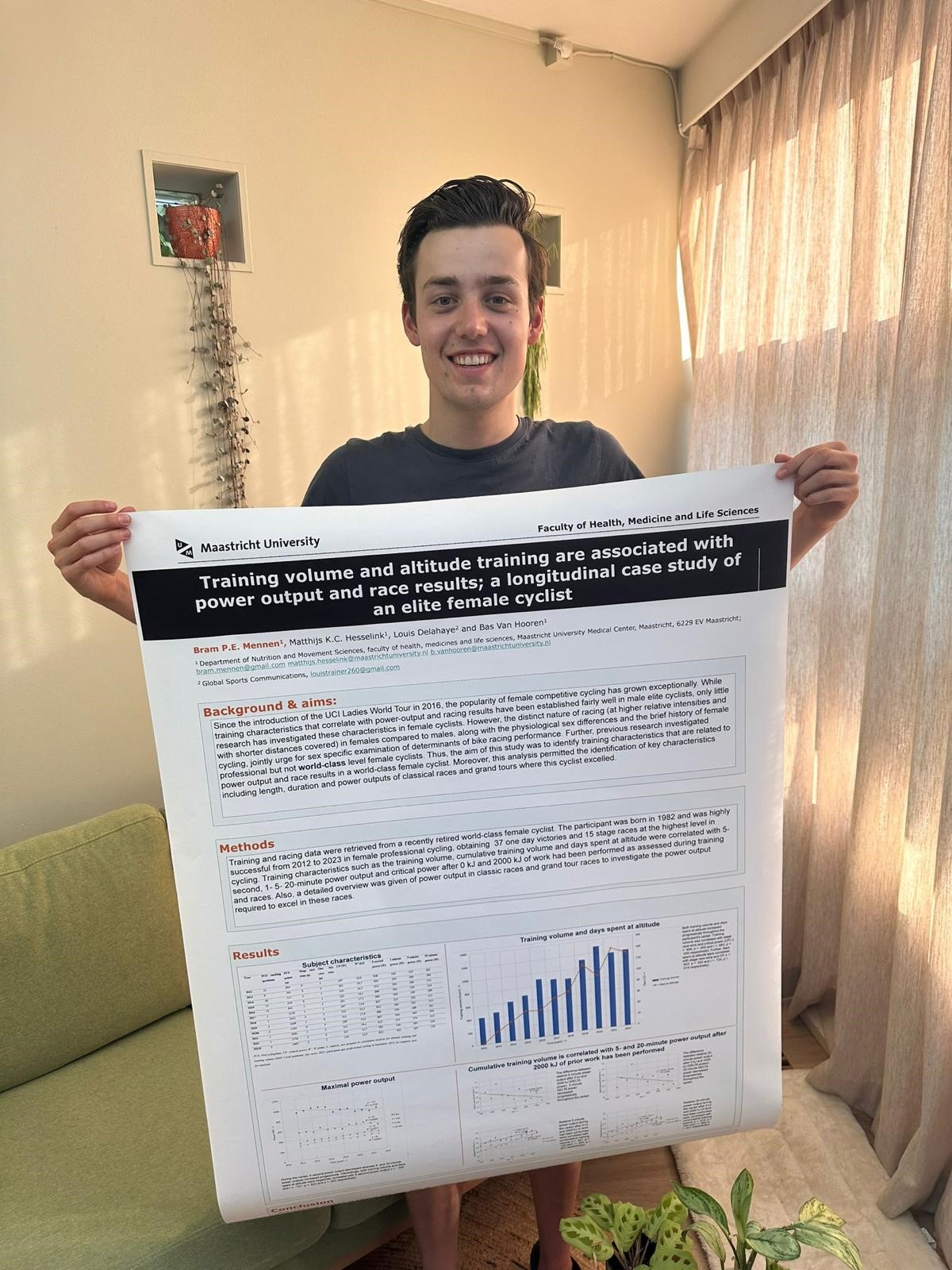Fifty years of tobacco policy in the Netherlands: a difficult process
On World No Tobacco Day, today, Professor Marc Willemsen, endowed chair of Tobacco Control at Maastricht University, will present his book titled ‘Tobacco Control Policy in the Netherlands. Between Economy, Public Health, and Ideology’. This is the first time that the development of the tobacco control policy in the Netherlands has been scientifically analysed so extensively. To do this, Marc Willemsen studied all of the parliamentary reports on tobacco policy over the past 50 years and interviewed civil servants, representatives of health organisations and people from the tobacco industry. In addition, he looked at numerous documents, some confidential, from the lobby circuit. The central question in his more than 300-page book is actually: ‘Why was the making of tobacco control policy in the Netherlands so difficult?’
The book by Maastricht professor Marc Willemsen will be presented on World No Tobacco Day during a symposium in The Hague, at which the State Secretary for Health, Welfare and Sport will be present. ‘Tobacco Control Policy in the Netherlands. Between Economy, Public Health and Ideology’ is an open access publication and is available online, free of charge. The book is interesting for anyone who wants to understand how health policy has come about within the typical Dutch context of consensus building (‘polderen’), decentralisation and deregulation.
How government policies have oscillated
In his book, Professor Willemsen paints a picture of the specific spheres of influence of the tobacco industry and health organisations and how the Dutch government has gone back and forth in between them. “The perspective of the government is quite inconsistent in this dossier and is very dependent on the ideology, party politics or even the personality of the responsible minister”, says Willemsen. “With Minister Els Borst in the mid-90s came a turning point in the relationship between the government, the tobacco industry and health organisations. With her background as a general practitioner, she had a personal interest in removing the responsibility of the tobacco policy from the Ministry of Economic Affairs and transferring it to the Ministry of Health. “Until then, the industry had a finger in the pie, but in the 90s the tide began to turn. From then on, the tobacco industry was kept more at a distance, although it regained a foothold under ministers Klink and Schippers. Under the state secretaries Van Rijn and Blokhuis, the industry was again held at a distance, which was also required by new regulations from the World Health Organization (WHO).
Difficult to bring about discouragement of smokers
Tobacco control came into effect in the Netherlands with difficulty, certainly in comparison to other countries. In the United Kingdom, for example, people have been much more resolute since the 1980s, partly because the national doctors' organisations strongly advocated for policy change. In the Netherlands, the doctors' associations never sounded such a strong alarm. Willemsen explains that this stems not only from the fact that Dutch general practitioners themselves smoked more than average, but he also refers to the magazine Rookspectrum (Smoking Spectrum) which was distributed between 1979 and 1984 by the Tobacco Information Bureau, an initiative of the tobacco industry, among all general practitioners and which offered a one-sided selection of scientific articles on the effects of smoking. As a result, the controversy surrounding smoking and health lasted longer. More than half of the general practitioners indicated that they found the magazine very valuable in forming their opinions.
How the industry seduced the government into “financial support”
Willemsen also goes extensively into excise duties—not only into the eternal tug-of-war between the ministries of Finance and Health, but he also shows that the tobacco industry regularly sent advisory reports to the Ministry of Finance to propose alternatives for increases in excise duties. “For example, the ministry even lowered the excise duties on cigarettes at the request of the industry”, says Willemsen. “The tobacco industry had alerted the ministry to possible adverse effects on employment and was allowed to raise the price of a packet of cigarettes in a way that the consumer did not notice. That was actually a disguised form of state support.”
Also read
-
ROA publishes new research on international students' stay rates and impact on labor market estimates
-
In this article, Emilie Sitzia, a Comenius Leadership Fellow at the Faculty of Arts and Social Sciences of Maastricht University, explores how to think and do PBL otherwise, that is, how to (re)integrate our 8 senses into Problem-Based Learning.1
-
Imagine this: as a newly graduated master's student, you get to share the insights you gained during your research at an international conference. This happened to Bram Mennen. At the end of June 2024, he presented the results of his thesis on the training data of top cyclist Annemiek van Vleuten at...


